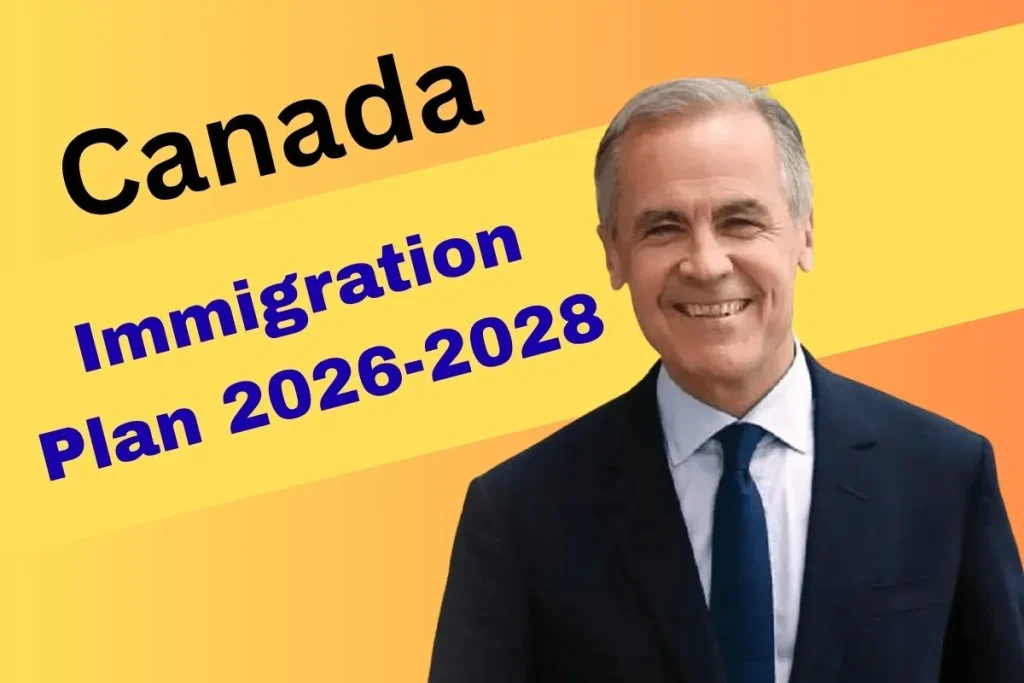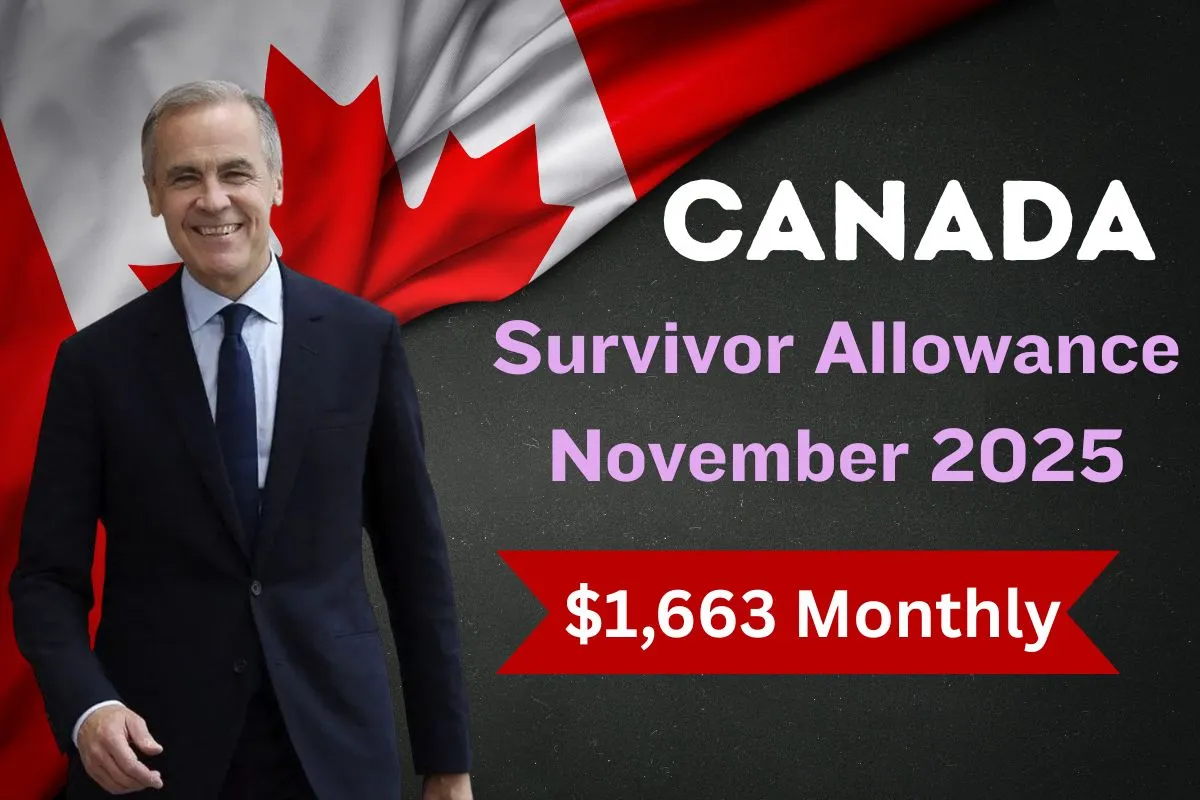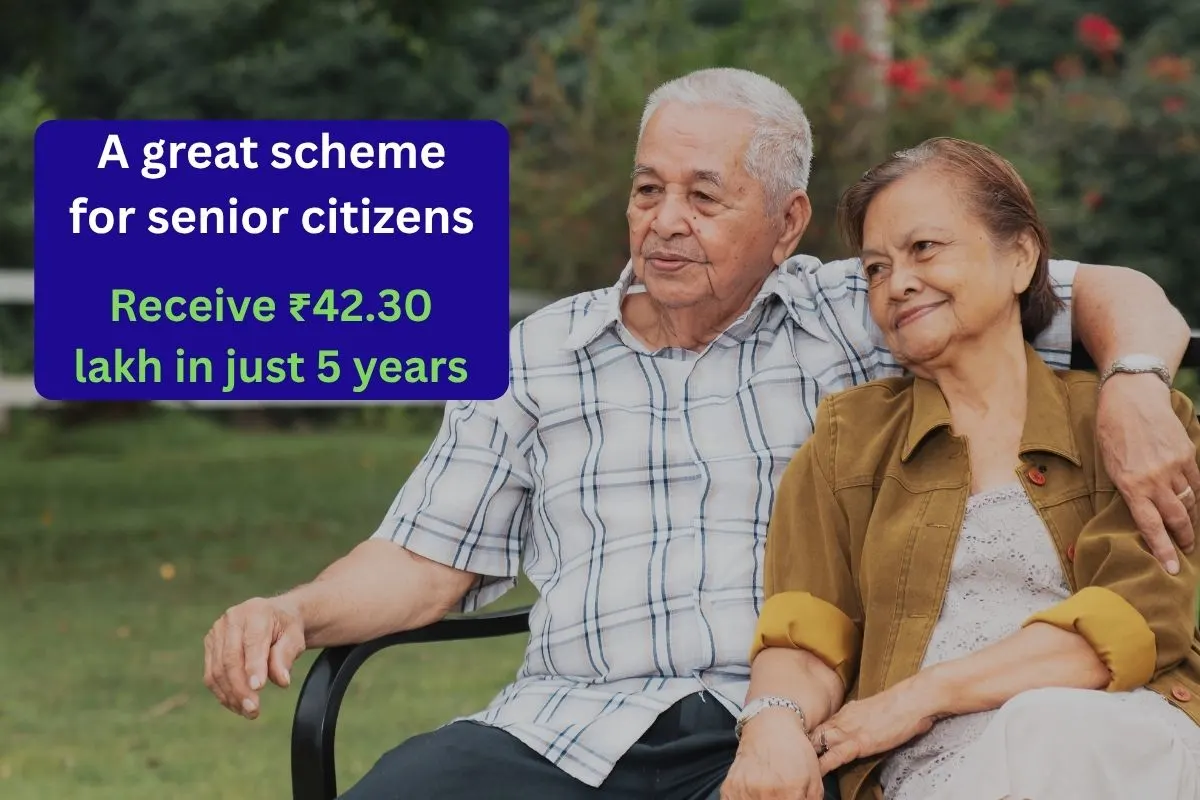If you’ve ever dreamed of the possibility of a career in Canada You’ll need to be aware of the latest announcement on immigration in Canada. It’s been announced that the Canadian government has announced their updated Immigration Levels Plan for 2026-2028 that represents a significant change in the country’s policy. It’s not just a minor adjustment; it’s a complete reorientation of the ways in which Canada intends to expand. The idea is to maintain the numbers of new permanent residents, while placing more emphasis on attracting newcomers with highly-demanding, specific job skills.
In addition it provides significant reductions for temporary residents such as international students and foreign workers. This plan is intended to ensure that the country is able to meet its demands on its economy with its ability to offer services such as housing and healthcare. This means for you, knowing these new priorities is more important than ever before.
Canada Immigration Plan 2026-2028
Canada is heading towards stabilization after years of explosive increase in population. The new strategy sets the goal of welcoming 380,000 permanent residents each year from 2026 until 2028. This is a small lower than the 395,000 planned for 2025, indicating an intentional effort to control growth more effectively.
The goal of the government is to make sure that Canada’s infrastructure, specifically healthcare and housing, will be able to effectively accommodate newcomers as well as the existing residents. This shift is a result of public feedback and polls showed that the majority of Canadians believed that recent levels of immigration were excessive and stressing public services.
Canada’s 2026-2028 Immigration Plan Key Highlights
| Aspect of Immigration | Key Change in the 2026-2028 Plan |
| Permanent Residents (PR) | Target is stable with 380,000 PRs per year. |
| Economic Immigrants | The increased focus is 64% of total PR budget. |
| Temporary Residents | Rapid reduction in intake particularly for foreign students and workers |
| Provincial Nominee Program | A significant increase in the allocations of funds, which gives provinces greater ability to choose their own |
| High-Skilled Workers | A new PR path that is fast-tracked that is available to US Visa holders with H-1B as well as other professionals. |
| Express Entry System | Continues to draw category-based drawings to identify specific labor needs |
| Official Website | https://www.canada.ca |

The Spotlight on Economic Immigration
The central element of Canada’s current strategy is a more focused emphasis on the importance of economic immigration. In the 2026-2028 strategy, economically minded immigrants – skilled workers professional, tradespeople and professionals–are expected to comprise 64% of new permanent residents, which is a substantial increase from the prior years. This is an immediate response to the persistent shortage of labor in crucial sectors across the nation.
If you’ve worked in areas such as technology, healthcare or skilled trades, then you are precisely the kind of person Canada is seeking to recruit. The most effective avenues to go about this route will be via an Express Entry system and the Provincial Nominee Program (PNP) Both of which are being updated to meet the new requirements.
Big Changes for Temporary Workers and Students
Perhaps the most important changes in the new program is the drastic decrease in the number of temporary residents Canada will allow. The government is putting an upper limit of 385,000 temporary residents by 2026, which is a drastic decrease from the 516,600 envisioned in the prior plan. The new cap will result in a significant affect on foreign students as well as the temporary workers from abroad.
For instance, the total number of study permits issued for 2026 has been reduced to 1,55,000, a reduction from the previous projection of 305,000. The ultimate aim is to decrease the number of temporary residents down to just 5 percent of Canada’s population by 2027, to alleviate the burden on social and housing services.
New Pathways for Skilled Professionals
While certain streams are restricted, Canada is rolling out the welcome mat to high-skilled professionals already working. The government has launched an innovative, rapid-track path to permanent residency specifically geared towards those with the U.S. H-1B visa as well as other highly skilled professionals. The goal of this initiative is to draw upwards of 33,000 skilled employees by 2027, specifically targeting people in engineering, technology research, and other areas to help boost Canada’s economy. This presents a unique chance for you if possess specialized expertise and are seeking the fastest way to obtaining permanent residency.
How to Navigate the New System
Your most important factor to succeed in the new environment is to ensure that your profile matches the most pressing needs of Canada. It is expected that the Express Entry system will continue using draws based on categories to seek candidates with specific abilities and credentials. In 2025, the emphasis is on inviting applicants who have experience in trades, healthcare and education, in addition to candidates with a strong proficiency in French.
Additionally it is worth noting that The Provincial Nominee Program (PNP) has seen a significant boost as its goal is to increase to 91,500 nominations by 2026. This gives the provinces and territories more authority to select applicants who fit their local labor market requirements. If you’re considering moving to a specific area, the PNP is a good choice for you.
The new immigration plan of Canada 2026-2028 marks a distinct change from rapid growth to more controlled and strategic strategy. Canada isn’t going to shut down its doors, but rather focusing on coordinating immigration with its needs for economic growth and infrastructure capabilities. This means for you, it means that opportunities have become more specific. If your expertise and knowledge are highly sought-after in areas such as trades, health or technology you have a chance to be more lucrative than ever before. The most important thing to remember is to keep up-to-date, be aware of these changes in priorities and adapt your immigration plan to reflect what Canada is seeking in the coming generation of immigrants.
FAQ’s
1. What is the reason Canada cutting down on the number of temporary residents?
Canada is cutting down on the number of temporary residents in order to manage the growing population more sustainably and also to ease the burden on national services such as housing as well as healthcare and infrastructure.
2. If I am a skilled professional, what are my options to move in Canada in the current program?
The most effective options are economic pathways that are designed to meet the labor shortages. If you’re a skilled professional within the U.S. on an H-1B visa, you might be eligible for the new speedy permanent residency path.
3. It will be difficult for students from other countries to move to Canada?
The new program significantly reduces the amount of student visas for international students being issued, reducing the 2026 goal to 1,55,000 instead of a estimated 3,05,000.

Hi, I’m Harikesh, a content writer at cgncollege.com. I write engaging and informative articles covering the latest news, India, and global updates. My goal is to keep readers informed with accurate and insightful stories from around the world.






